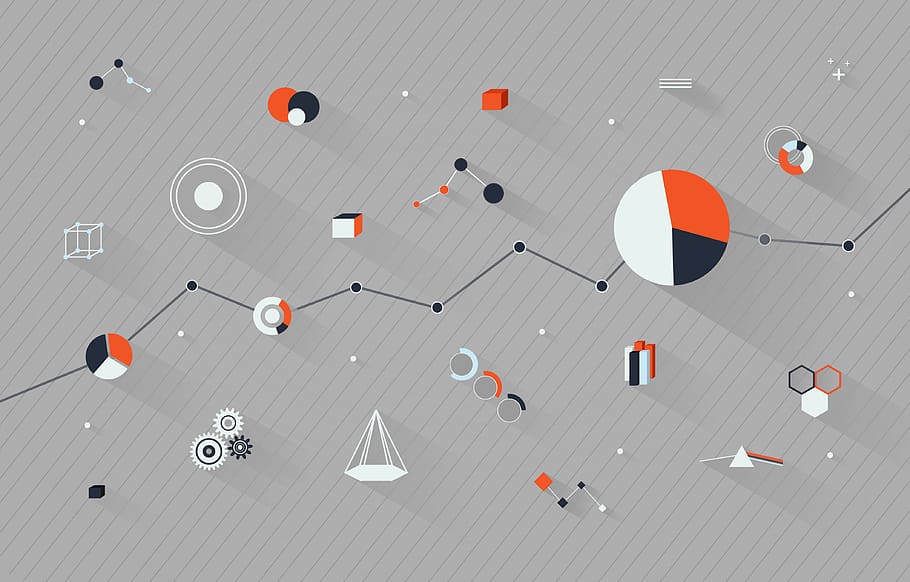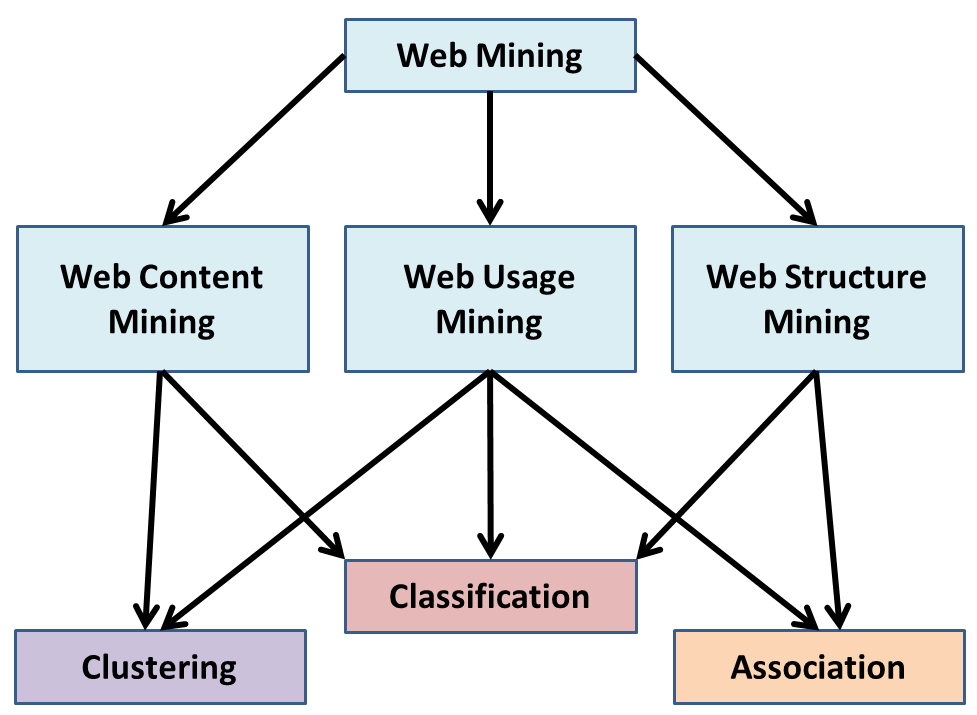Difference Between Data Mining and Data Analytics
We are living in an era of modern analytics with big data fueling the explosion for the need of answers. Big data and analytics promise to change virtually every industry and business function over the coming years. It is important to understand that big data is not just about volume but also about complexity. Virtually every mechanical or electronic device leaves a trail describing its performance, location or origin. These devices and the people using them, communicate through the internet, which then leads to another vast data source. More data means new and more complex infrastructures. Big data is undeniably a big deal, but it needs to be put in context. Data alone has no value, but the hidden patterns and insights in the data sets are an extremely valuable asset. This is where data analytics and data mining come to the picture. But how are the two terms different?

What are Data Analytics?
Data analytics is the science of analyzing raw data to find trends and answer questions in order to obtain useful information and draw conclusions about that information. It is the process of examining large data sets with the aid of specialized systems and software. This has emerged as a catch-all term for a variety of different business intelligence and application-related initiatives. For some, it is the process of analyzing information from a specific domain, such as Website Analytics. Well, to others, it is expanding the capabilities of business intelligence to a specific content area, like sales, supply chain, service, distribution, and so on. Moreover, analytics is used to describe statistical and mathematical analysis of data that clusters, segments, and predicts future outcomes. Data analytics integrate structured and unstructured data with real-time feeds and queries, opening new paths to innovation and insight.

What is Data Mining?
Data mining is the process of extracting useful information within large data sets with the goal of drawing knowledge from large quantities of data through automatic and semi-automatic methods. It is the practice of identifying useful patterns and trends in large data sets. Data mining is a class of techniques that trace its root back to applied statistics and computer science. It simply transforms raw data into knowledge, a target in data mining jargon, based on the explanatory variables, inputs or features in data mining jargon. It uses algorithms drawn from disciplines as diverse as statistics, artificial intelligence, machine learning, and computer science, in order to develop models from data. It involves many steps: framing the problem, understanding the data, preparing the data, build models, interpreting the results, and building processes to deploy the models. Data mining also includes what is called descriptive analytics.
Difference between Data Mining and Data Analytics
Definition
– Data mining is the process of identifying useful patterns in raw data with the goal of drawing knowledge from large quantities of data. It is the practice of identifying useful patterns and trends in large data sets. In simple terms, data mining is transforming raw data and knowledge. Data mining is a class of techniques that trace its root back to applied statistics and computer science. Data analytics is the science of analyzing raw data in order to draw conclusions about the information they contain.
Objective
– The act of data mining uses some specialized computational methods to discover meaningful and useful structured in the data. The data can range from a simple array of a few numeric observations to a complex matrix of millions of observations with thousands of variables. The ultimate objective of data mining is to obtain potentially useful conclusions that can be acted upon by the analysts. Data analytics is used to describe statistical and mathematical analysis of data that clusters, segments, and predicts future outcomes in order to support decision making.
Process
– The process of data mining has not changed since the early days – to get meaningful results from raw data, data miners spend a majority of effort preparing, cleaning, scrubbing, and standardizing the data before the algorithms begin to crunch them. But what changed is the automation available to accomplish all this. Data analytics, on the other hand, can be defined as a process involving the use of statistical techniques, information system software, and operation research methodologies to explore, discover, and communicate patterns or trends in data.
Data Mining vs. Data Analytics: Comparison Chart

Summary
Data mining is one of the activities in data analysis which involves understanding the complex world of data. Data mining is a process of identifying and determining hidden patterns in large data sets with the goal of drawing knowledge from raw data. Data mining, in simple terms, is turning raw data into knowledge. Data analytics is a diverse field which comprises a complete set of activities, including data mining, which takes care of everything from collecting data to preparation, data modeling and extracting useful information they contain, using statistical techniques, information system software, and operation research methodologies. Both are often regarded as a subset of Business Intelligence.
- Difference Between Caucus and Primary - June 18, 2024
- Difference Between PPO and POS - May 30, 2024
- Difference Between RFID and NFC - May 28, 2024
Search DifferenceBetween.net :
Leave a Response
References :
[0]Larose, Daniel T. Data Mining and Predictive Analytics. Hoboken, New Jersey: John Wiley & Sons, 2015. Print
[1]Kudyba, Stephen. Big Data, Mining, and Analytics: Components of Strategic Decision Making. Boca Raton, Florida: CRC Press, 2014. Print
[2]Sedkaoui, Soraya. Data Analytics and Big Data. Hoboken, New Jersey: John Wiley & Sons, 2018. Print
[3]Kotu, Vijay and Bala Deshpande. Predictive Analytics and Data Mining: Concepts and Practice with RapidMiner. Burlington, Massachusetts: Morgan Kaufmann, 2014. Print
[4]Image credit: https://commons.wikimedia.org/wiki/File:The_general_relationship_between_the_categories_of_Web_Mining_and_objectives_of_Data_Mining(English_version).png
[5]Image credit: https://c0.wallpaperflare.com/preview/241/384/859/analysis-analytics-analyzing-annual.jpg
